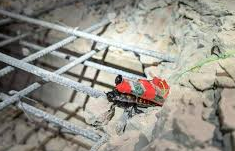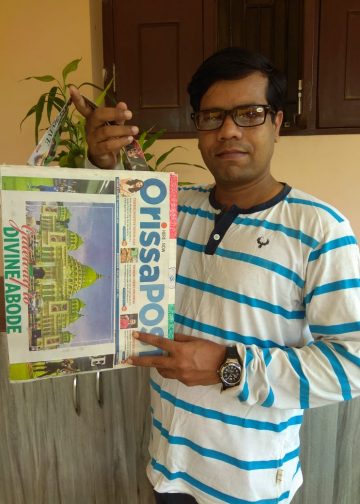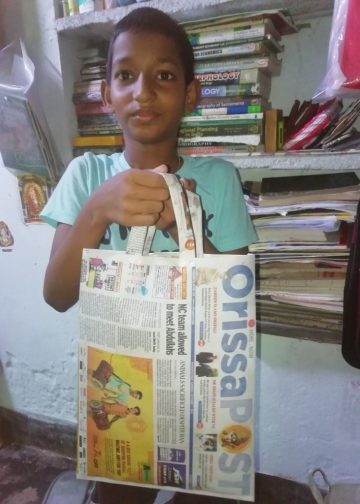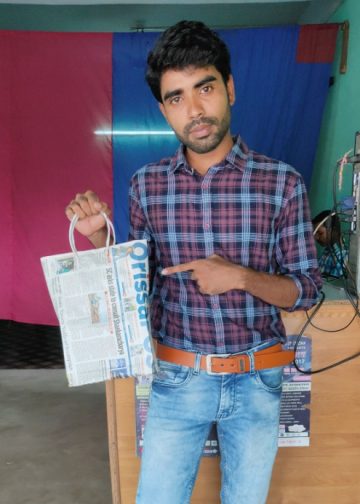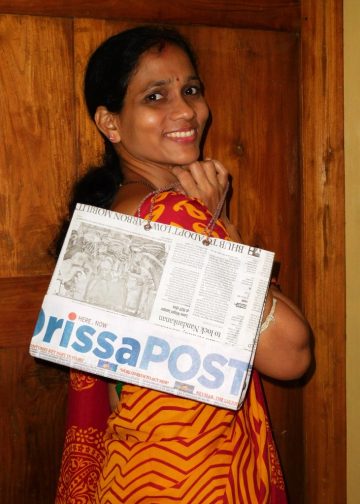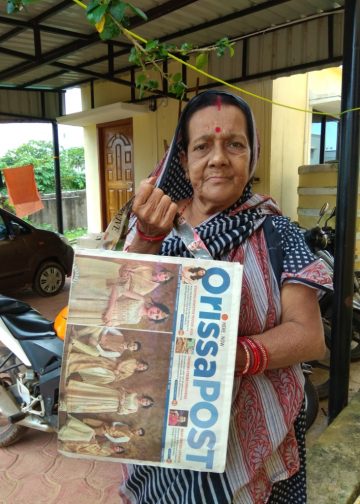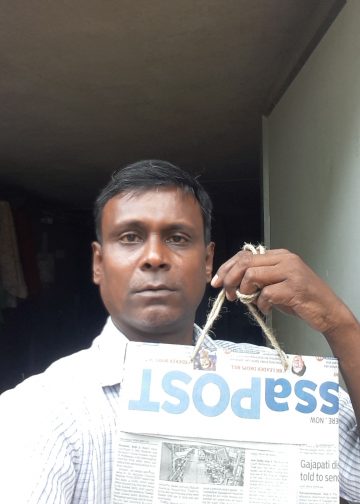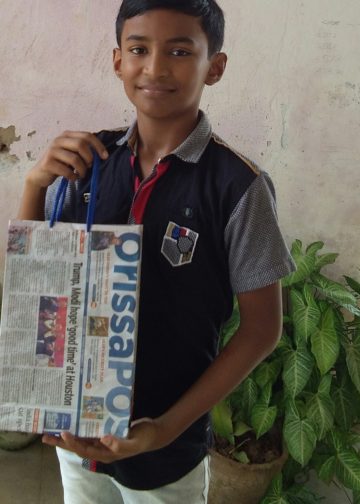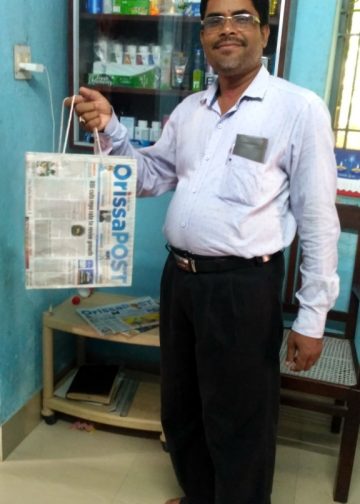Singapore: Ten cyborg cockroaches developed in Singapore have been deployed to Myanmar to assist in search-and-rescue operations following a deadly 7.7-magnitude earthquake March 28 that has claimed more than 3,000 lives.
The insect-hybrid robots, a first in global humanitarian operations, were sent alongside the Singapore Civil Defence Force’s (SCDF) Operation Lionheart contingent March 30. The technology was developed by the Home Team Science and Technology Agency (HTX), in collaboration with Nanyang Technological University and Klass Engineering and Solutions.
The cockroaches were first deployed in the field March 31 and again April 3 in Myanmar’s capital, Naypyitaw. While they have not detected any survivors, the devices have enabled rescuers to access and survey heavily damaged areas more efficiently. The data collected is transmitted wirelessly to engineers, aiding in the strategic deployment of resources.
Also Read: After major quake, Myanmar records 98 aftershocks in 11 days
SCDF dispatched an 80-member team and four search dogs March 29. The HTX team—comprising two engineers from HTX and two from Klass Engineering—joined the mission a day later with the robotic insects.
Speaking from Myanmar via video call, Ong Ka Hing, an engineer with HTX’s Robotics, Automation and Unmanned Systems Centre, described the challenging conditions. “The roads were cracked and we had to take several detours,” he said. “We also saw people displaced from their homes, sleeping in the open, with a lack of food and water. It’s been a surreal experience.”
#SciNews 𝗪𝗢𝗥𝗟𝗗-𝗙𝗜𝗥𝗦𝗧: 𝗦𝗜𝗡𝗚𝗔𝗣𝗢𝗥𝗘 𝗗𝗘𝗣𝗟𝗢𝗬𝗘𝗗 𝗖𝗬𝗕𝗢𝗥𝗚 𝗖𝗢𝗖𝗞𝗥𝗢𝗔𝗖𝗛𝗘𝗦 𝗧𝗢 𝗛𝗘𝗟𝗣 𝗜𝗡 𝗠𝗬𝗔𝗡𝗠𝗔𝗥
Ten cyborg cockroaches from Singapore were deployed to support rescue and retrieval efforts in earthquake-stricken Myanmar—marking the first… pic.twitter.com/bhzpX3aaJI
— ScienceKonek (@sciencekonek) April 8, 2025
The cyborg cockroaches were deployed in a collapsed hospital covering an area roughly the size of two football fields. After search dogs completed an initial sweep, the cockroaches were used to probe deeper beneath the rubble in a 45-minute operation.
HTX engineer Yap Kian Wee recalled being approached by a local resident whose sibling had been inside the hospital during the collapse. “He was hoping we could help find survivors,” Yap said. “It was really quite sad.”
Yap added that residents spent the day near the debris, anxiously awaiting news of their loved ones. At one site, rescuers recovered a body from the rubble. March 30, SCDF managed to pull a man alive from beneath a collapsed three-storey building after eight hours of effort.
Rescue efforts continue amid soaring temperatures of 38 degrees Celsius, the threat of rain, and widespread disruptions to power and water supplies. Power was cut during HTX’s video call with The Straits Times.
Despite the conditions, Ong and Yap said they intend to stay with the SCDF team as long as needed. The cockroaches remain operational and are being sustained on a diet of carrots and water.
“We have this sense of mission that makes us want to keep improving on this technology so it can find survivors faster,” Yap said.
The cyborgs, still in the research and development phase, were previously showcased at the Milipol Asia-Pacific and TechX Summit in Singapore in April 2024. Their deployment in Myanmar marks a fast-tracked use of the technology in real-world disaster response.
PNN

